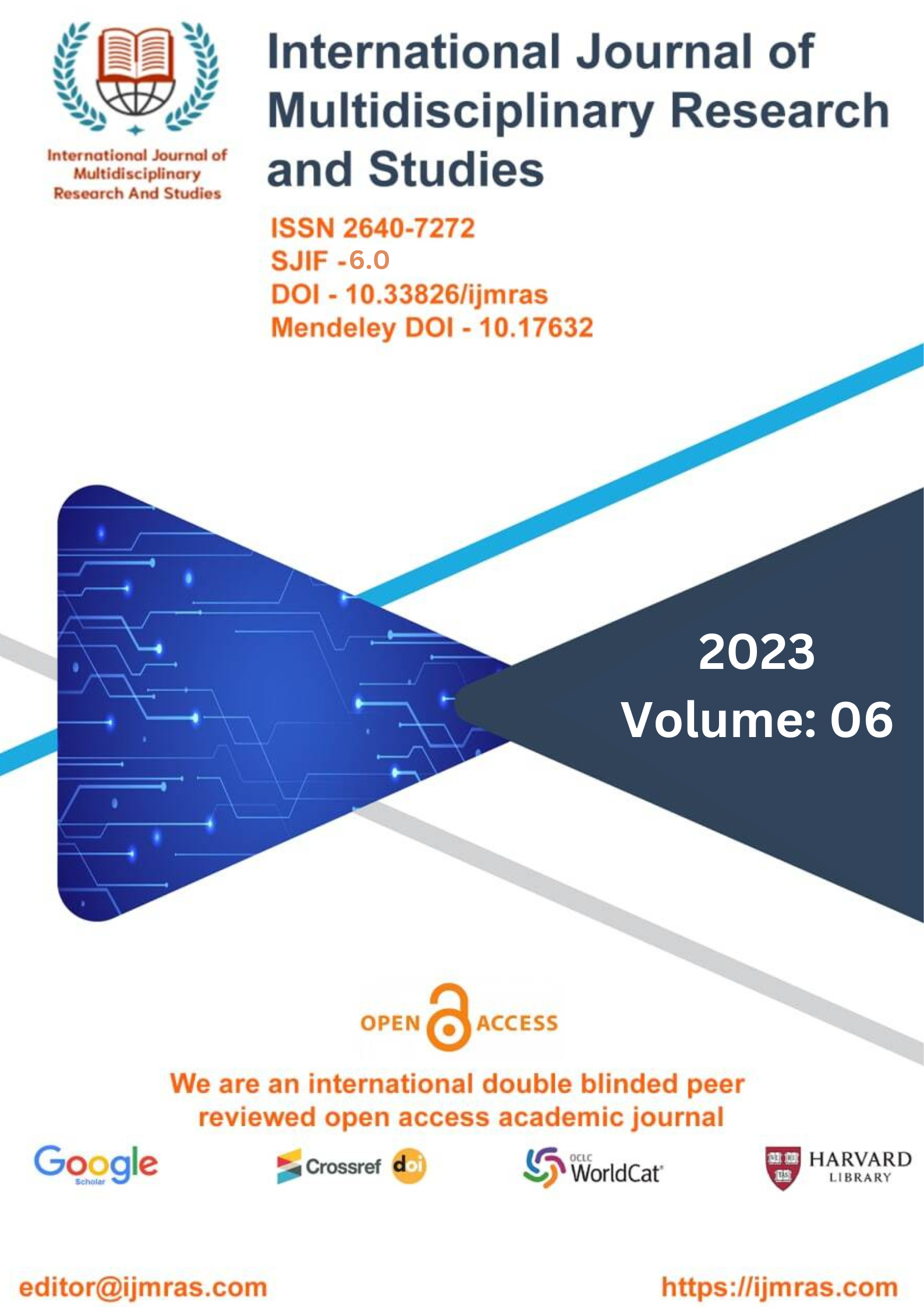Development and Evaluation of Anti-Diabetic Potential of Polyherbal Formulations in Experimental Animals

Abstract
The current study used experimental animals to examine the polyherbal formulation's potential anti-diabetic effects. Using the wet granulation process, the polyherbal formulation in the form of granules was created. The produced granules underwent pharmaceutical evaluation. Beneficial effects of Polyherbal formulations were tested on diabetic rats induced with alloxan. Rats were given a single intraperitoneal injection of alloxan monohydrate (120 mg/kg) for 72 hours to develop diabetes. Following 72 hours of alloxan therapy for 11 days, the anti-diabetic effects of a polyherbal formulation were examined in diabetic rats induced with alloxan at two dose levels: 200 mg/kg and 400 mg/kg. The usual medication was Glibencamide at a dosage of 4 mg/kg. In diabetic rats, the polyherbal mixture demonstrated a decrease in blood glucose levels. It also reduces the treated groups' levels of triglycerides and cholesterol. The polyherbal mixture contains alkaloids, glycosides, saponin tannins, amino acids, and other ingredients, according to preliminary testing. α-amylase activity was responsible for the inhibitory activity. Blood glucose, serum triglycerides, and cholesterol were significantly increased (P < 0.01) in diabetic control. PHF treatment resulted in a significant (P < 0.05) drop in blood glucose levels when compared to diabetes control. PHF dramatically (P < 0.05) lowered the increased blood triglyceride and cholesterol levels. The outcome demonstrated the safety of the polyherbal formulation and its high level of anti-diabetic action.
Keywords
Polyherbal Formulation's, Wet Granulation Process, Glibencamide, Serum TriglyceridesHow to Cite
References
• Barar FSK. (2008). Essentials of Pharmacotherapeutics. S. chand & Company Ltd, 4th Edition .340-349.
• Walker R. and Whittlesea C. (2008). Clinical Pharmacology & Therapeutics. Churchill Livingstone, IV Edition 2008: 629-652
• Srivastava, R. A. K. (2018). Dysfunctional HDL in diabetes mellitus and its role in the pathogenesis of cardiovascular disease. Molecular and cellular biochemistry, 440(1-2), 167-187.
• Ghiware NB, Gattani SG, Chalikwar SS. (2010). Design, development and evaluation of oral herbal formulations of Piper nigrum and Nyctanthes arbortristis. Int J Pharm Tech Res, 2(1):171- 176
• Trease GE, Evans WC. (1989). Pharmacognosy. 11th edn. Brailliar Tiridel Can. Macmillian publishers. Thalapaneni NR, Chidambaram KA, Ellappan T, Sabapati ML, Mandal SC. Journal of Complementary and Integrative Medicine 2008; 5(1): 1- 10.
• Kokate, C. K. (1986). Preliminary phytochemical analysis. Practical Pharmacognosy. 1st ed. New Delhi: Vallabh Prakashan, 111.
• Lachman L, Lieberman HA, Kanig JL. (1987). The theory and practice of industrial pharmacy, 3rd edition. Varghese Publishing House, New Delhi, 293-639.
• Aulton ME. (1996). Pharmaceutics: The science of Dosage form. Churchill Livingstone. 304.
• Haller H, Drab M, Luft FC. (1996). The role of hyperglycemia and hyper-insulinemia in the pathogenesis of diabetic angiopathy. Clin Nephrol 46(4): 246-55.
• Alarcon AFJ, Roman RR, Perez GS, Aguilar CA, Contreras WCC, Flores SJL. (1998). Study of the anti-hyperglycemic effect of plants used as Antidiabetics. Journal of Ethno Pharm. 61: 101-10.
• Shigematsu, N., R. Asano, M. Shimosaka, and M. Okazaki. (2001). Effect of long- term administration with Gymnema sylvestre R.Br. on plasma and liver lipid in rats. Biol. Pharm. Bull. 24(6):643–649.
• Yackzan, K.S. (1966). Biological effects of Gymnema sylvestre fractions: II. Electrophysiology: Effect of gymnemic acid on the taste receptors response. Alabama Journal of Medicinal Science. 66:455–463.
• Reddy, M.B., K.R. Reddy, and M.N. Reddy. (1989). A survey of plant crude drugs of Anantpur district, Andhra Pradesh, India. Int. J. Crude Drug Res. 27:145–155
• Kumar A, Naqvi AA, Kahol AP, Tandon S. (2008). Composition of leaf oil of Syzygium cumini L, from north India. Indian Perfum.48:439–441.
• Krawinkel MB, Keding GB. (2006). Bitter gourd (Momordica charantia): a dietary approach to hyperglycemia. Nutr Rev; 64: 331-337.
• Patel S, Patel T, Parmar K, Bhatt Y, Patel Y, Patel NMD. (2010). Isolation, characterization, and antimicrobial activity of charantin from Momordica charantia Linn. Fruit. International Journal of Drug Development and Research 2(3): 629-634
License
Copyright (c) 2023 PANKAJ MAHESH DAHARWAL, MS. PRAJAKTA MASKAWDE, MS. RAGINI BUNDELA, DR. KARUNAKAR SHUKLA

This work is licensed under a Creative Commons Attribution 4.0 International License.
Individual articles are published Open Access under the Creative Commons Licence: CC-BY 4.0.




